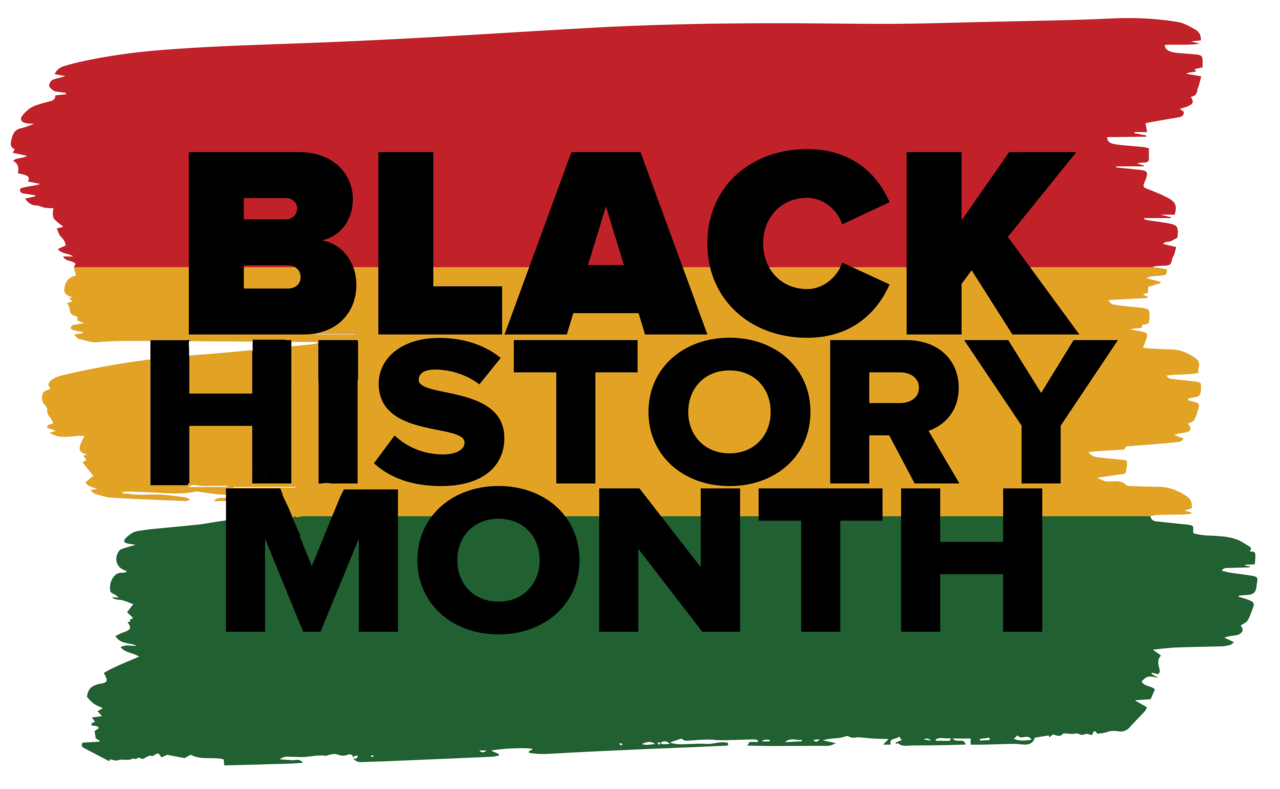Diversity, Equity, Accessibility, and Inclusion: A Blog Series
January 27, 2022

By: Kaysey A. Richardson
Black History Month:
February 1 marks the beginning of Black History Month which is recognized as a month of celebrating Black history since 1976. Other countries around the world have also dedicated their own months to celebrating Black history such as the United Kingdom and Canada. The origins of devoting the month of February in the United States stems from a historian named Carter G. Woodson and a prominent minister, Jesse E. Moorland, who together founded the Association for the Study of Negro Life and History (ASNLH). Through this organization, they dedicated their time to researching and endorsing triumphs by Black Americans and others of African descent.
In 1926, the ASNLH chose the second week of February as a national Negro History week because of Abraham Lincoln and Frederick Douglass’s birthdays. This event began to inspire schools and communities nationwide to establish festivities, history clubs, and host performances and lectures. In the years to follow, many cities began to recognize “Negro History Week” as an annual celebration and by the 1960s and peak of the civil rights movement, the week began to evolve into Black History Month.
President Gerald Ford officially solidified Black History Month as a national celebration in 1976, advocating for the public to “seize the opportunity to honor the too-often neglected accomplishments of Black Americans in every area of endeavor throughout our history.” Today we continue to celebrate Black History Month and use it as a time to observe the contributions and legacy of African Americans across United States history and society.
An Introduction to DEAI:
At the Museum of World Treasures one of our strategic pillars is DEAI which stands for Diversity, Equity, Accessibility, and Inclusion. Diversity represents all the ways people are different but also the same at individual and group levels. Equity focuses on fair treatment of all members of our community. Through Accessibility we seek to provide equal opportunity for all people to experience the museum. Finally, Inclusion refers to our intentional and ongoing effort to ensure that diverse individuals fully participate in all aspects of organizational work. (These definitions are in accordance with the American Alliance of Museums.)
As we approach Black History Month, our blog writing team aim to incorporate our strategic pillar of DEAI into our February posts. Our DEAI series will continue after February. The great thing about 2022 is the recognition of several other diverse groups of people! It is our hope that through our blog and social media, we continue to highlight these groups while learning about new cultures and encouraging our community to learn with us.